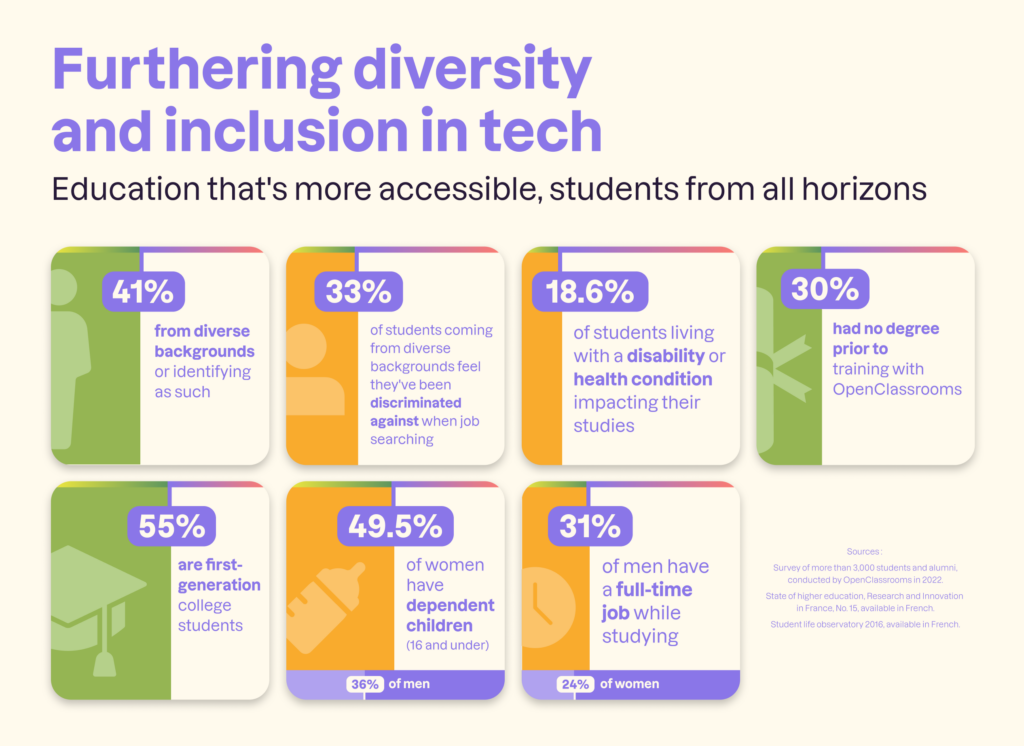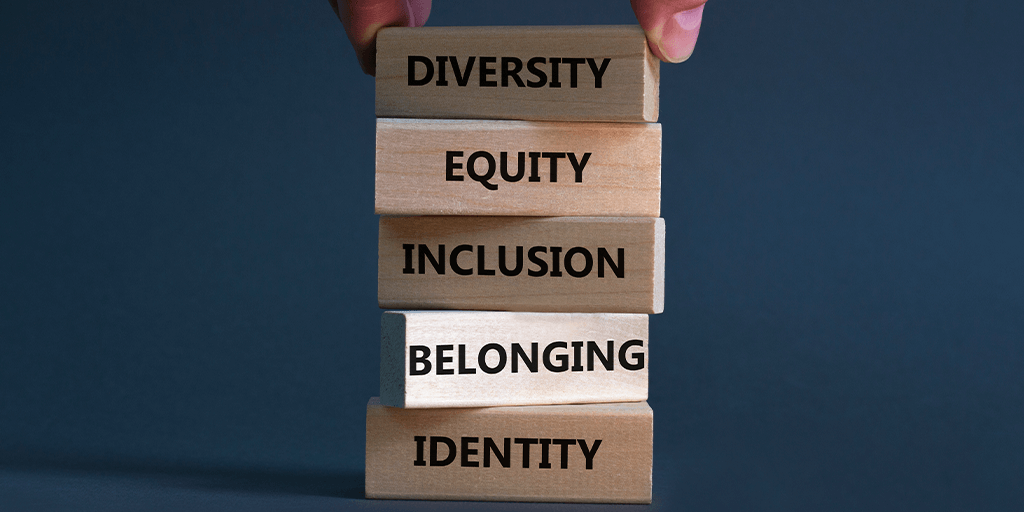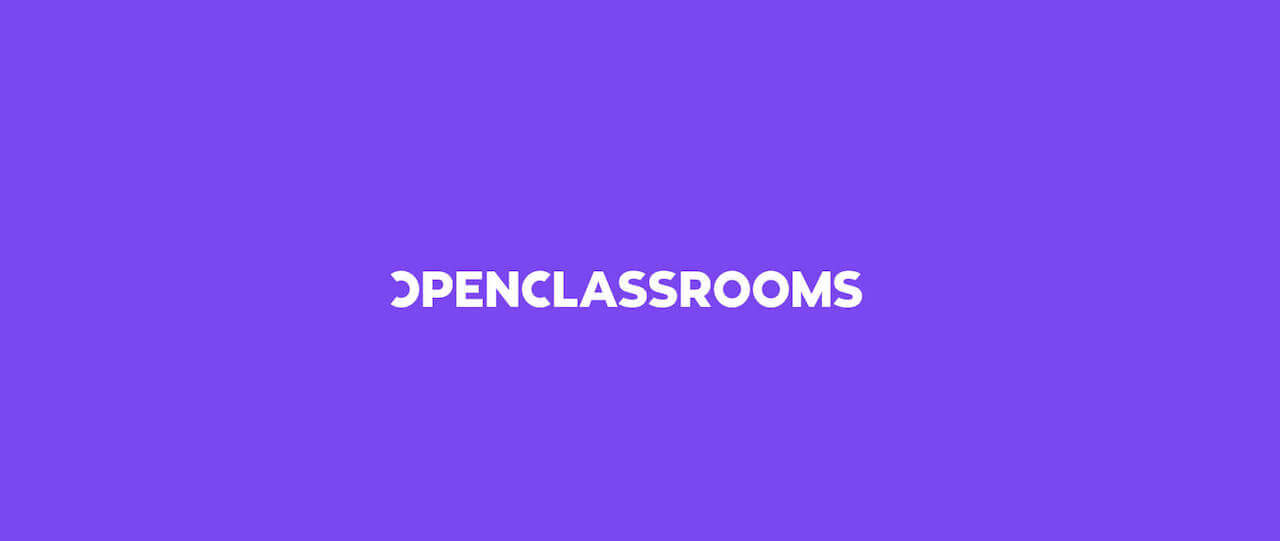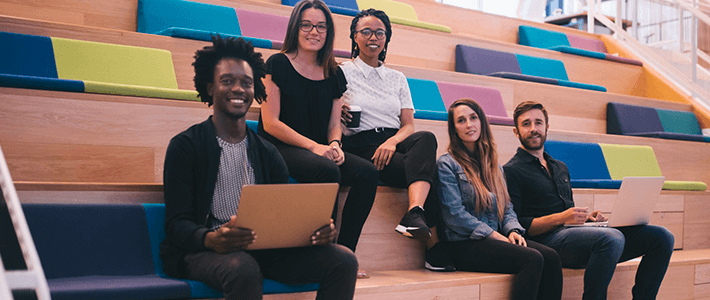Simply saying that diversity and inclusion are important is not enough. At OpenClassrooms, we believe that each individual, regardless of who they are and where they come from, should have access to a quality education and receive every opportunity to succeed in their career. After carrying out a study with our employees to measure diversity, we surveyed our students to better understand their training experience and their experience on the tech job market.
Diversity and inclusion in tech: where are we now?
Institutions, companies, and schools all agree that these are crucial issues in the tech industry in France, and yet, the numbers show that the sector is still far from reflecting the diversity of the French population.
Here is a brief overview of the French tech world, according to a 2022 study led by Pôle Emploi (French unemployment office) and Diversidays (a non-profit devoted to improving diversity in tech):
- One positive: young people under 35 years old living in a QPV (priority district for city policy, often low-income areas) show interest at nearly the same level as young people outside these zones. This is a significant increase in interest – up 13% in three years. It’s something.
- More and more women are seeking out jobs in the tech industry, and there was an 11% increase in women job seekers in the sector from 2018 to 2021. Sure, but: 77% of job seekers in the digital field are men. That’s a big number.
- Only 7% of job seekers in the digital field are people with disabilities. These individuals are 1.2 times less likely to search for a career in tech. And worse yet, the gap has been increasing (+5%) since 2018.
Equitable hiring and promotion policies for all individuals, sensitivity training of employers and human resources professionals to recognize the importance of adapting their hiring processes and creating an inclusive work environment: these are the real solutions that can make a difference. Of course, education also plays a major role. To improve diversity and inclusion in tech companies, we first have to guarantee that all individuals have access to these specialized careers, regardless of gender, social background, or health conditions. That’s where OpenClassrooms comes in.
How does it work at OpenClassrooms?
Making education accessible, everywhere and for everyone. That is our priority. Since 2018, the OpenClassrooms teams, across all departments, have been working hand in hand to bring this collective project to life. Five years later, it’s essential to take a look at what we’ve accomplished: what is our real impact on the lives of students and what’s left to do?
“Know yourself”. To answer these questions, we first must answer the question: Who are our students?
Getting to know the people we are committed to serving is essential. So, for 5 weeks, we asked our students about their relationship to diversity during their training program and beyond. More than 3000 of them replied and shared their experience and the obstacles they faced in the education and work fields. This information about their journeys is crucial data for us. It feeds our ambition and determines our action plans going forward, so we can continue to fulfill our mission.
→ To learn more: each year, we publish a full mission report (2022 edition) that evaluates and measures the impact of our work.
Key figures from our diversity and inclusion survey

Online training: a (new) opportunity for many
Out of 3000 students who answered the survey, almost half (41%) identified as coming from a diverse group. A number we are proud of, considering the financial and social barriers that exist for these groups and the lack of visibility and examples that keep them from envisioning a future for themselves in tech.
OpenClassrooms online training programs can also be a second chance. First, for people who haven’t had access to training before. When they started their training with us, 30% of our students had zero prior diplomas. But it’s also a second chance for people who weren’t able to complete their previous course of study or get their degree: 12% of our students have studied in a university setting without receiving a degree.
And when it comes to degrees, more than half of our students (55%) are first-generation graduates thanks to their training program. A source of pride for their family, themselves (and for us). And a model for others.
Inequalities persist among students
While the results of our survey are very positive when it comes to diversity, there are still barriers that prevent certain people from finishing their training program in tech and accessing employment in their field.
- Gender obstacles: inequalities linked to gender are still very present and visible in training programs. Among students responding to our survey, half of the women (49.5%) have one or more children in their care, as opposed to 36% of the men. This is a situation that requires a higher capacity for adaptation and resilience.
- Financial obstacles: it’s hard to devote yourself 100% to your training when you have to work on the side. And yet, a third of the male students surveyed train and work at the same time, as well as 24% of the female students.
| 💬 These inequalities and difficulties are part of the main reasons for our education model: adapt to the needs of each student, allow them to progress at their own pace and fit into their schedule, regardless of their personal or professional constraints. Once they have started their training, it is essential to make all the necessary learning accessible to those who need them the most. |
- Health obstacles: 19% of responders declared they have a disability or a health condition that impacts their studies. That is much higher than the 2% of students in French higher education as of 2020. A very encouraging statistic. What does it mean? That there is a greater need for support for these individuals, to make sure they can complete their training program.
| 💬 This is a significant number and it’s why we are committed to making the OpenClassrooms platform compliant with Web content accessibility standards and why we train our teams to support people with disabilities. |
- Obstacles in the job market: unfortunately, the difficulties don’t end once students complete their training. Among survey responders, a third of students who identified as belonging to a minority group (33%) consider that they have already been victim of discriminatory hiring practices. The number is lower than the Ifop figures from 2021 (42% of people identifying as non-white, 53% of Muslims and 50% of employees of foreign origin declared they had been victims of hiring discrimination), but it’s still too high.
| 💬 Making education accessible means participating in the fight against all types of discrimination, including in hiring practices. And it is one of the main reasons we support our students in their job search beyond their training program, with the help of our dedicated teams. |
Diversity is an asset, and we are lucky enough to witness this on a daily basis with our students. We are proud to see that our efforts are paying off and providing more and more students from different backgrounds with access to a degree in higher education. Often the first member of their family to take this step, these students are a real source of inspiration.
But inequalities persist. We are aware that certain people are faced with obstacles when it comes to training and access to employment due to their gender, disability or ethnicity. But we are convinced that we can make a difference, and already, the measures we’ve taken to fight against inequalities have started to show results.
We are determined to offer all our students the same opportunities to succeed. We know it’s an ambitious mission, but we’re ready to meet the challenge to build more accessible and more inclusive spaces in education and in tech.









